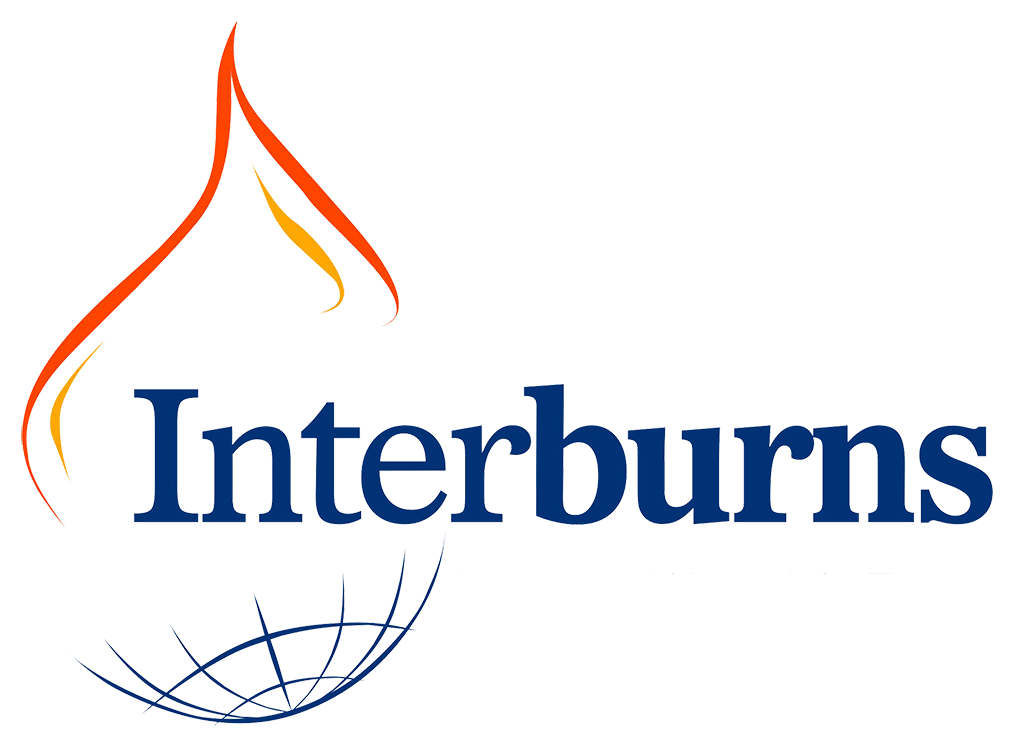A valuable experience in Nepal.
Story by Simardeep Singh Sadhra, Final year medical student, College of Medical and Dental Sciences, University of Birmingham, United Kingdom. 2017.
Located on the fringes of Kathmandu valley, Kirtipur Hospital, an Interburns Training Centre, is home to one of the largest burns centres in Nepal. Housing almost 100 beds, 6 operating theatres, over 12 plastics and maxillofacial surgeons and over 25 burns and trauma nurses, it seemed like the ideal location to embark on a 4-week medical elective for a medical student fascinated by a career in burns, plastics and reconstructive surgery.
Upon entering the hospital building, the stark contrasts between this centre, and NHS hospitals in the UK, became increasingly apparent. Like NHS hospitals, days began with an MDT, reviewing current patients and discussing upcoming theatre lists. However, this was where the similarities ended. General plastics ward rounds consisted of doctors having to change dressings, with patients often being deprived of analgesia due to limited availability, as well as having little privacy due to the absence of curtains separating beds. To my amazement, doctors still kept patients positive with their excellent bedside manner, acknowledging not only the patient, but their family members too. Rapport is a key cornerstone to their practice, after all, what is medicine without trust?
Climbing upstairs, whilst admiring the breath-taking views across the valley, we scrubbed in and progressed through the theatre lists. Several factors made me re-evaluate my perception of the term ‘limited availability’ in health care: anaesthesia and surgery were all carried out in the same room; intubation was conducted without sterile gloves; regional blocks were administered without ultrasound guidance and out-of-date suture material was rationed for use. Despite this, positive energy and teaching opportunities from the surgeons were in abundance. I had the pleasure of assisting with cleft lip and palate correction, burns contracture releases and skin graft surgeries – all of which were conducted using far from optimal surgical instruments. And the outcomes of these surgeries? Stunning. I was astounded by the impact a cleft correction or burn contracture release could have on an individual’s livelihood in a country where the mean monthly income is below $100.
Dr Shankar Rai, director of Kirtipur Hospital and part of the Interburns team, was my mentor for the duration of the placement. He explained to me how the hospital grew from a 15-bed outreach centre, to the centre of excellence it has become today via donations and training from external organisations. Despite this, he states there is still a long way to go in overcoming barriers for his patients – the most important of these being infection control.
This inspired me to become actively involved in a research project organised by Interburns and Dr Rai’s fantastic team. Focusing on how best to tackle infection control via training members of staff, we can become one step closer to turning this centre into a beacon of hope for other low and middle income countries in the future.
